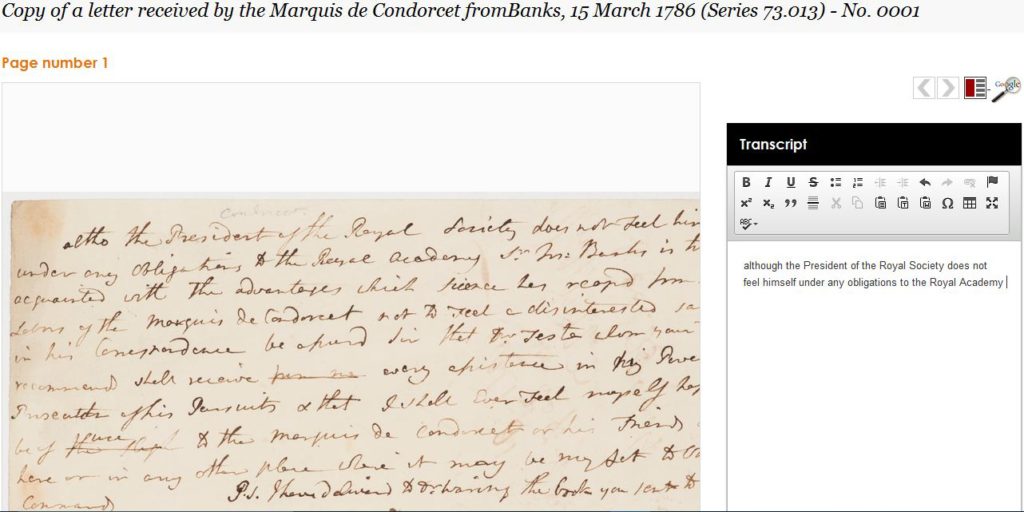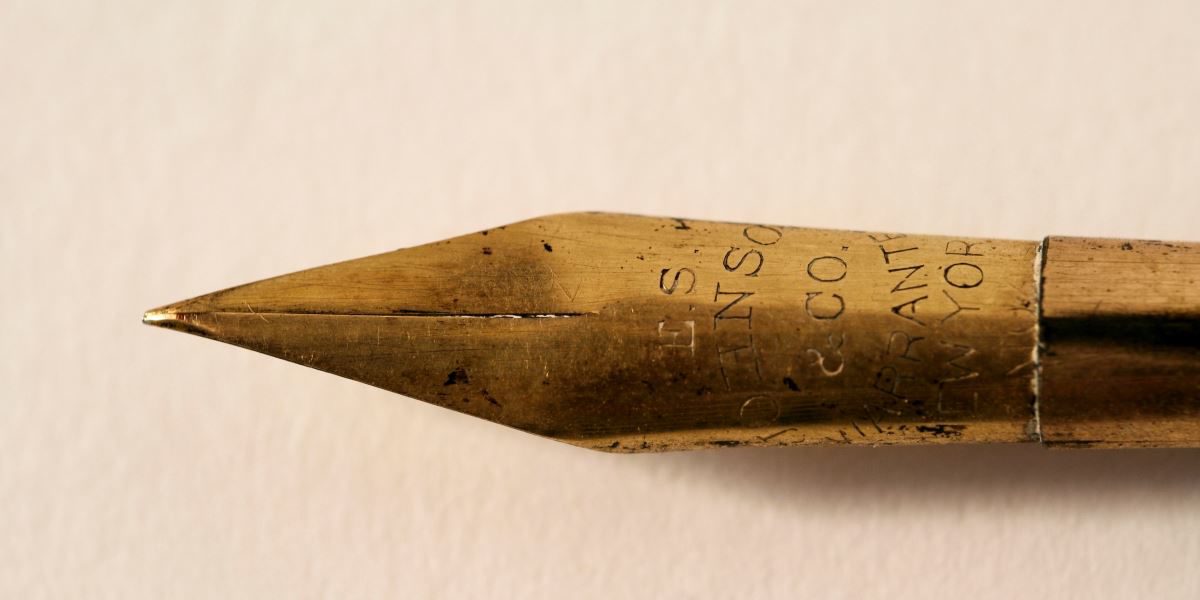Must first “rodeo” – a Transcribe-a-thon
While on holiday in Sydney I had an opportunity to be a part of a community transcribing event at the State Library NSW. Aptly named a “Transcribe-a-thon”.
Over 8000 pages of letters, diaries, sketches and journals in the Sir Joseph Banks collection have been digitised by the State Library NSW. These digital images have then been made available through the State Library NSW website where they are available for the public to transcribe from cursive text to digital bytes.
I was interested in attending to see how the process was managed and the interest formed around the event.
On arrival it was clear there was significant uptake. All the tables were full and other participants were sitting on couches in order to get their laptops ready to start transcribing. I believe at least 40 people had pre-registered but much more than this turned up. Web access was an issue due to the under-estimated interest. This took a while causing some frustration but was eventually resolved. This was a good point to consider for any future events. The whole concept of community sourced transcription for this project was based on access to the digital image so without web access little can be achieved. Once the audience has been captured keeping them engaged is imperative.
I believe keeping that engagement was achieved through providing during the day a few short presentations on tips for interpreting cursive text, how the Banks collection came to the library etc. The talks were provided by Louise Anemaat who is the in-house expert on Banks. Her enthusiasm was infectious. She clearly loves her subject. These talks gave some good rest points and also I felt they provided a connecting point for people to the papers and people to people. For myself, learning about the journey of the collection meant I engaged with the papers I was transcribing better as I now could apply some context or background to the era in which they were written. It also made the papers come alive with authenticity and realism .
So does community transcription work and how can you get the most out of it?
Yes, I believe it does work. However, the tools used need to be easy to use so that technology isn’t a turn off for participation. How is this achieved?
- Easy to use transcribing screen with the digital item being referred to for processing side by side.
- Clear and easy instructions on how to save work as it is being done.
- Easy to follow instructions giving tips and especially around what is the process for outlining which words have not able to be deciphered.
- Suitable network capability to enable fast loading.
I thoroughly enjoyed my day there. I especially enjoyed the additional talks around the papers and feel these really did add some vital periods in the day to connect people and papers. Well done to the library management and their team of enthusiastic staff. Over 480 pages were transcribed on the day.
The challenge going forward will be to ensure there is continual engagement and the momentum for transcribing from home continues. Some ideas I thought of that might assist with engagement is a forum where people can “meet” online to discuss progress, queries and the like? Maybe a “thermometer” style update to keep people focused on the percentage completed? Top transcriber positions for pages completed and accuracy. After all there is no point having completed a page of poor quality transcription. The “prize” for top transcriber positions at the end of 100% completion might be one on one viewings of the Banks collection and time with the experts for questions and answers. I wonder if there would be any takers?
There are other transcription projects underway at the State Library and I am keen to watch and see how they progress. the beauty of digital access means I can even contribute from where every I may be in the world.
Most importantly the Transcribe-a-Thon has given me some great points to review while looking to undertake a project of this type in my own archive. A thoroughly enjoyable day in the library. Thank you State Library NSW.

Banks transcription picture
Share this Post

